Book of the Day Roundup April 6-10, 2020
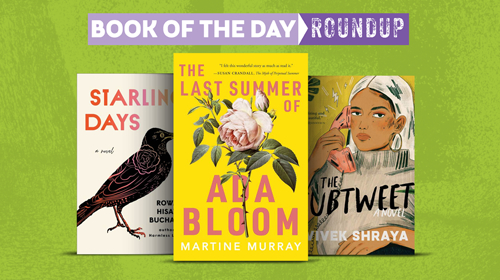
The Subtweet
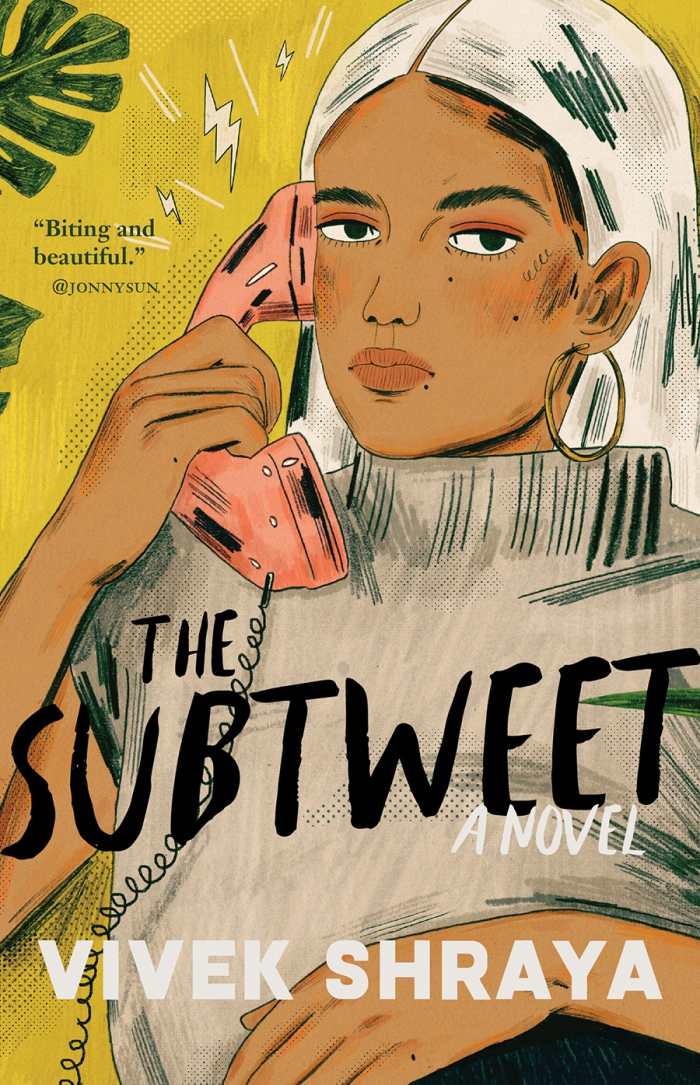
Vivek Shraya
ECW Press
Softcover $16.95 (220pp)
978-1-77041-525-6
Buy: Local Bookstore (Bookshop), Amazon
Vivek Shraya’s The Subtweet is a sharp, encompassing story about a creative friendship that’s promoted, and later imploded, by the kinetic energy of Twitter. Contrasting emotional vulnerability and connective need with desires for “likes” and retweets, the story explores private and public motivations that are intensified by the often shallow, shape-shifting nature of the music industry.
Set in Toronto, The Subtweet concerns two multidisciplinary musicians, Neela and Rukmini. Trying to avoid ethnic marginalization, these self-described “brown women” first cross paths at a panel on race and music. Neela notes that Rukmini amplifies her heritage, wearing Bollywood-style “gold earrings, bangles and rings;” while Rukmini laments not having musical role models who were people of color, Neela ponders the dearth of “POC art that isn’t just a response to a lack of representation or oppression.”
When Rukmini uploads a cover version of one of Neela’s songs, her social media followers embrace the work with enthusiasm. Rukmini and Neela become close friends, but their relationship has an element of existing for public consumption, due to Rukmini’s penchant for life-documenting selfies and tweets. When Rukmini is invited to join the tour of a white, appropriative pop star, her fame broadens beyond Canada.
Beyond the constant buzz of social media, Neela’s own artistic process stays organic and personal. Not wanting to “vomit” out hasty efforts, she strives to put forth original music of quality. When her album receives minimal response, she begins to feel as if everything she does is shadowed by Rukmini. Though she tries to rise above her insecurities, Neela is troubled by frustrations and doubts. Her eventual protest—in the form of a subtweet regarding racial authenticity—changes the course of both artists’ careers.
A piercing satire played out against diverse creative energies, The Subtweet is affecting, unnerving, empowering, and often truly LOL.
MEG NOLA (February 27, 2020)
The Last Summer of Ada Bloom
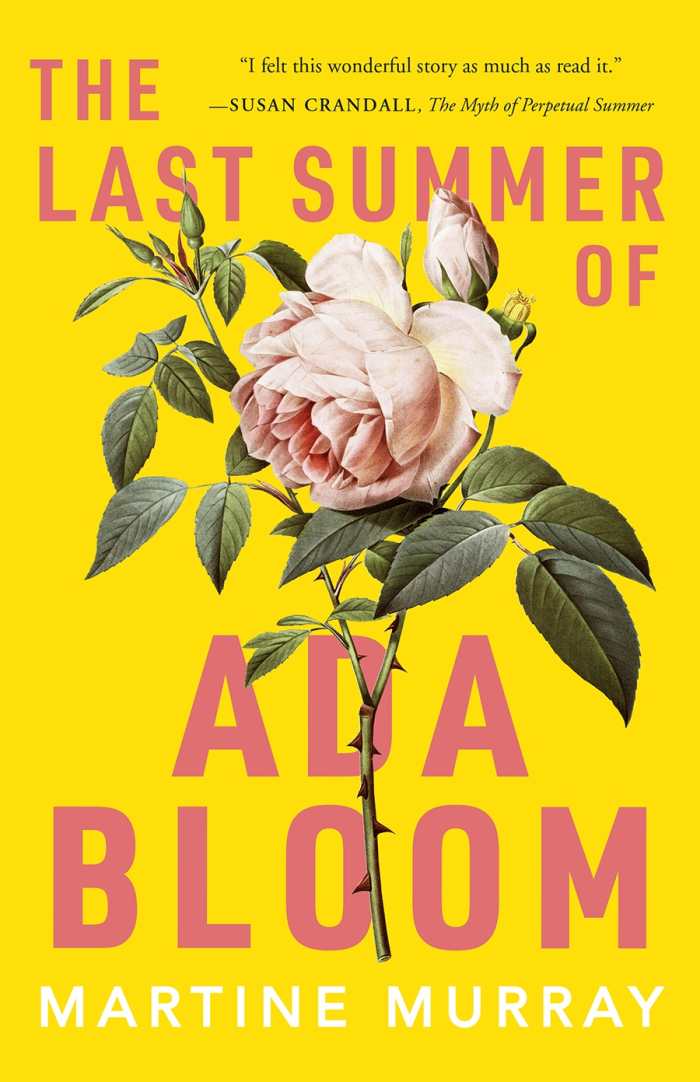
Martine Murray
Tin House Books
Softcover $15.95 (312pp)
978-1-947793-61-3
Buy: Local Bookstore (Bookshop), Amazon
In the febrile heat of an Australian summer, a girl learns that whole worlds lie beneath her hometown and family’s careful facades. Martine Murray’s novel The Last Summer of Ada Bloom travels landscapes that are metaphors to confront and deconstruct personalities who are fables.
Nine-year-old Ada is the youngest of the three Bloom children. Her perpetual romanticism helps to smooth her family’s edges; all those around her seek to protect her in some way. But beyond Ada’s naive demands that love last forever and loyalty be absolute, the Blooms struggle. Ada’s mother laments her own abridged youth; her father craves affection, finds his home bone dry for it, and seeks substitutes. Ada’s sister hungers for excitement; her brother wants to own the normalcy that he affects.
While the Blooms’ circumstances at first seem cut and dry, their excursions and internal rumblings reveal inconsistencies. Old traumas and unexpected prejudices are revealed, and what seems ordinary is upended. Ada witnesses a betrayal, leading her to upset the stories upon which her truths are built. Blames shift, artifices crumble, and literal fires lick at the edges of her future.
Its settings and features as alive as its central cast thirsts to be, the book is driven by discoveries: of a hole in the ground that seems to have no bottom; of a fox unsated by hen houses; of a booze-fuzzed memory. First loves fall apart and old loves fray, like “old clothes that you kept because your life had been lived in them.”
In Ada’s world, happiness is achievable, but only once the brush that clogs new growth has been cleared away. The many comings-of-age in The Last Summer of Ada Bloom don’t happen with storybook grace; instead, they demand stumbling, breaking, and brutal reformation.
MICHELLE ANNE SCHINGLER (February 27, 2020)
Starling Days
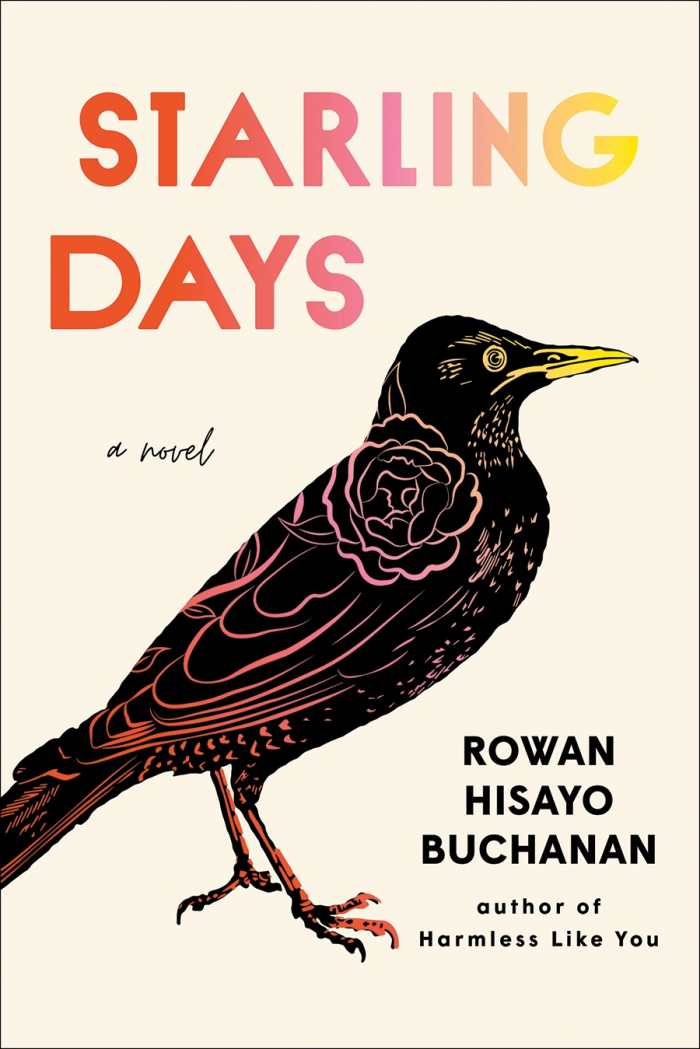
Rowan Hisayo Buchanan
The Overlook Press
Hardcover $26.00 (304pp)
978-1-4197-4359-7
Buy: Local Bookstore (Bookshop), Amazon
Rowan Hisayo Buchanan’s novel Starling Days is a gentle treatise on the anatomy of sadness, wherein the many manifestations of modern melancholy raise questions about what it truly means to be “okay.”
Mina wants to silence the part of her that wants to die. Her husband, Oscar, is holding himself together with to-do lists and exercise routines. Hoping to cure Mina’s depression by changing their scenery, the couple heads to London, where their private turmoils bleed together.
Shifting between Mina and Oscar, the novel unfolds their respective pains in an effortless way. Their internal struggles manifest in the poetry of their poignant actions: through Mina’s days spent sleeping until noon and unshaven legs; through Oscar’s strict diet and fastidious attention to a language learning application. The couple is lovable but not always likable: intense, interesting, and approachable, they are familiar in their flaws.
For all the pain that it contains, Starling Days doesn’t read as a tragedy; instead, it is all about humanity and survival. It is no accident that Mina’s stagnated monograph focuses on the women in Greek mythology who don’t reach tragic ends. She is her own heroine, living an internal epic struggle, figuring out how to persist by waking up another day. As a result, the book is able to interrogate depression without portentousness or heaviness. It elucidates how pain enters relationships without the hovering specter of blame and speaks, in plain terms, about suicidal attempts and ideation, absent hesitant whispers and dramatic morbidity.
Lovingly written and lovely to read as its characters figure out how to survive, Starling Days is a cathartic work, its nuances and normality essential to discussions of mental health.
JESSIE HORNESS (February 27, 2020)
Above Us the Milky Way
An Illuminated Alphabet
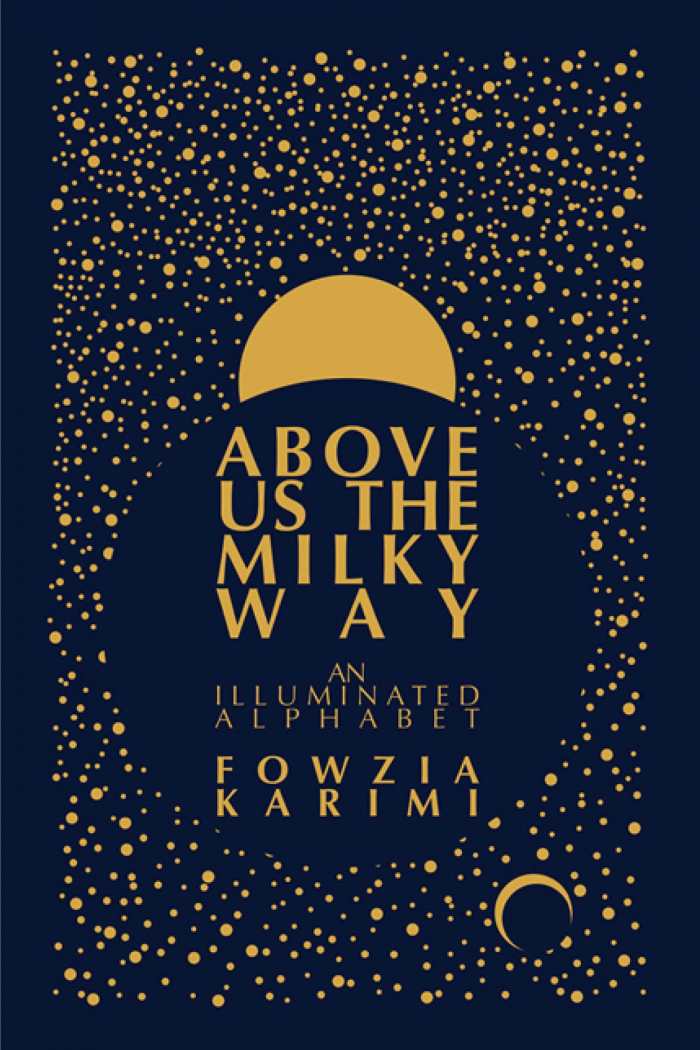
Fowzia Karimi
Deep Vellum
Hardcover $28.00 (440pp)
978-1-64605-002-4
Buy: Local Bookstore (Bookshop), Amazon
Afghani American Fowzia Karimi immigrated to the US with her family after the 1980 Soviet invasion of Afghanistan and grew up in Southern California. Negotiating the before and after of that seismic childhood event requires reckoning with the outsized power of trauma and memory. As such, Above Us the Milky Way borrows the alphabet’s sequential framework to relearn Karimi’s family story—a story that’s both her own and a looking-glass other person’s story, transformed by something more than mimetic truth.
The story of Karimi’s parents, four sisters, and the swirling nexus that they create, leaving one land for another on the tide of war, is structured like an alphabet book. Its narrative of interconnected passages, headed by direct words or phrases, collates around individual letters of the English alphabet; they are interspersed with accompanying images. The simplicity of this structure, and its resonance with childhood, belies the wild depths that Karimi conveys as she grapples with the mythology of memory.
A skilled technician whose prose flows like intuition, Karimi parses the beats of her paragraphs with the attention of a poet. Rich with images and imagery, the book is beautiful, both illuminated and illuminating. Key elements of the story are referenced only in general terms, including the girls, the family, and the home, but Karimi maintains such specific, evocative focus that their reductions function as a counterbalance to their emotional weight.
Karimi’s prologue says it best: “The pieces in this book are a collection of remembrances, dirges for the dead, and fairy tales—life experienced early and brought forth only after many years of distillation.” Like a legend, the text walks the borderlands of what exists for Karimi, what might have existed, and what exists within us all as we project its pages into the strange afterlife of imagination.
LETITIA MONTGOMERY-RODGERS (February 27, 2020)
Sea Change
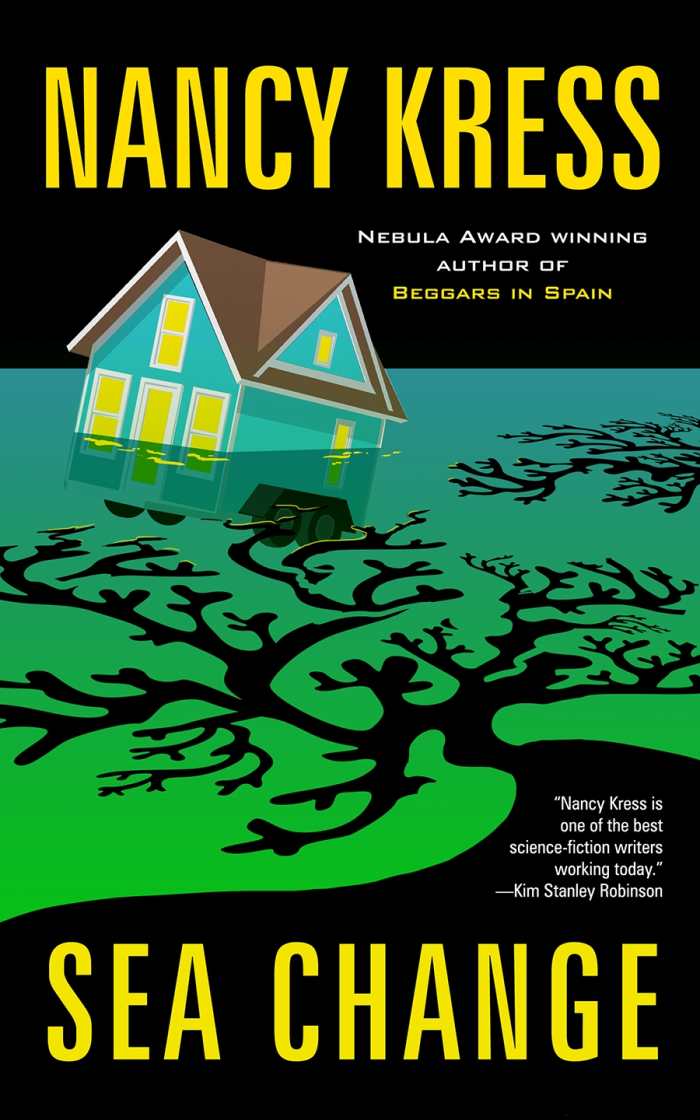
Nancy Kress
Tachyon Publications
Softcover $15.95 (192pp)
978-1-61696-331-6
Buy: Local Bookstore (Bookshop), Amazon
In Nancy Kress’s terrifying novel Sea Change, a famine-stricken, near-future world has turned its back on science.
In 2005, Renata’s life was normal. She was a student at Yale, worried about her difficult roommate and on-again-off-again boyfriend, Jake. She dabbled in activism, jumping from cause to cause without ever finding her passion.
Still, Renata’s activism made her prime recruitment material for the Org, maligned as a terrorist and bent on feeding the world (cue ominous music). She became a courier for the organization, taking data from one cell to another. Renata and the Org know that anything can be hacked: presidential elections, Wall Street, and, worst of all, the food supply.
Renata’s story imparts a sense that the novel’s all too possible future is already underway. Facing a food crisis dubbed the Catastrophe whose origins are shadowy but involve genetically modified crops, the Org tries to reverse the famine, using the help of now illegal GMOs. Chapters jump from 2022 to 2032, tracing their efforts.
Sharp, spare, and journalistic, the book includes matter-of-fact descriptions of the shocking details of Renata’s world: lost self-driving houses, “biopharmed” drugs, collapsed world economies, and toxic ocean blooms. Everyday life remains complicated: children die, politics are complex, and marriages end. Human beings stay petty and divided. Hints of this awful reality build suspense and dread about what really happened.
The catastrophe also increases the divide between the haves and have-nots. The book hints at what happens with the Org’s plans and at whether they are successful, but Renata’s efforts are ultimately little more than a drop in the ocean of the world’s problems.
Sea Change is a chilling speculative novel in which an apocalyptic environmental collapse leads to a future in which food is the enemy.
JEREMIAH ROOD (February 27, 2020)
Barbara Hodge
